
Samoyed
Samoyed
Samoyed
The Samoyed is known for its fluffy white fur. Its upturned 'Samoyed Smile' can make anyone smile along with it. Originating in the frigid lands of Siberia, this breed has a thick coat that makes it resistant to cold. We will thoroughly explain the history, characteristics, and care instructions for the Samoyed!
Samoyed Basic Infomation
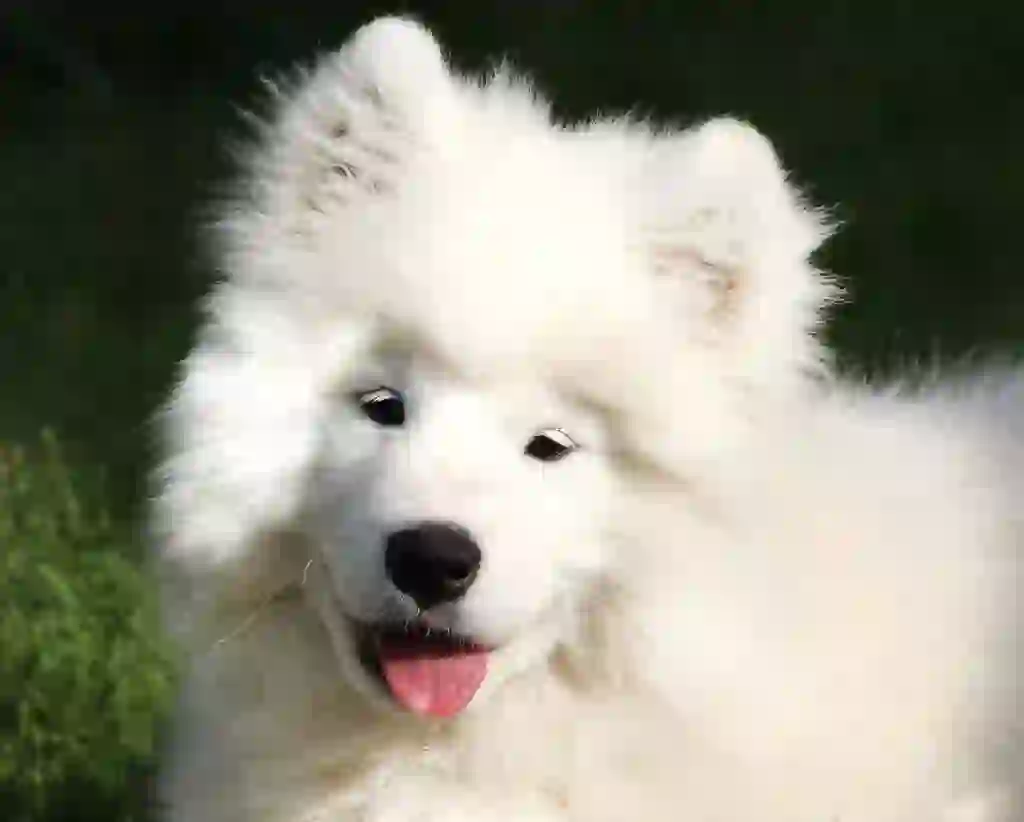
English name: Samoyed
Place of origin: Siberia, Russia
Classification: Medium-sized dog
Height: Males: 54-56 cm / Females: 50-56 cm
Weight: Males: 25-32 kg / Females: 18-25 kg
Lifespan: About 10-13 years
Fur color: Pure white, cream, biscuit (slightly brownish)
The Samoyed has been living with humans for over 3000 years. It has hardly changed its appearance over the ages and is a breed with a high degree of purity, rarely interbreeding with other animals. It is also known as 'Siberian Spitz'.
For a long time, the Samoyed lived in the extremely cold regions of Siberia. Its resistance to cold made it a valuable sled dog during polar expeditions.
In the 19th century, the Samoyed was introduced to the British royal family by Antarctic explorers, becoming popular in the UK. Initially, Samoyeds of black or brown fur were also present, but the white-furred breed was preferred and selectively bred, ultimately becoming the prevalent variety.
The Antarctic exploration stories also became popular in America, leading to the breed's official registration in 1923. Today, the Samoyed's friendly smile and temperament are cherished worldwide.
– Large dog cage
– Leash suitable for large dogs
– Dog shampoo
– Brush for grooming
– Food dish for large dogs
– Water bottle for hydration
– Durable toys for dogs (Samoyeds have strong chewing abilities, so choose sturdy toys)
Prepare supplies suitable for a large dog. It is recommended to get a sturdy leash because of their strength. In summer, ensure to have a water bottle ready for hydration to prevent heatstroke.
① Engage in communication
Samoyeds have always lived closely with humans. They are gentle and easily trust people. Therefore, they can experience significant stress if left alone for long periods. Regular communication is essential. Besides walking, playing with balls or ropes, and physical affection will strengthen your bond.
② Regular brushing and shampooing
Due to their thick fur, Samoyeds require frequent brushing. Neglecting this can lead to tangled fur, making it difficult to groom and increasing the risk of skin inflammations. Daily brushing is indispensable.
③ Be cautious of heatstroke on hot days
Originally from cold regions, Samoyeds are not well-suited to heat. During walks, ensure frequent hydration. Using cooling items can also help manage heatstroke.
④ Extend walking times
Being a large and active breed, Samoyeds require two walks a day, each lasting about 30-60 minutes. In addition to walks, playing with dog toys like balls or ropes is effective. Allowing them to play freely in a dog park can also help them exercise and relieve stress.
⑤ An indoor environment suitable for living is necessary
Given their history of living closely with tribal people, Samoyeds need close communication with humans. Staying alone in a doghouse for extended periods can cause significant stress. Additionally, as they are resistant to cold but vulnerable to heat, a well-managed indoor environment is recommended.
Samoyed Q&A

What is the origin of the Samoyed?
The Samoyed has lived with people for over 3,000 years, maintaining much of its original appearance and high purity, rarely interbreeding with other animals. It's also known as the 'Siberian Spitz'.
For a long time, the Samoyed inhabited the extremely cold regions of Siberia. Its resistance to cold made it a valuable sled dog during polar explorations.
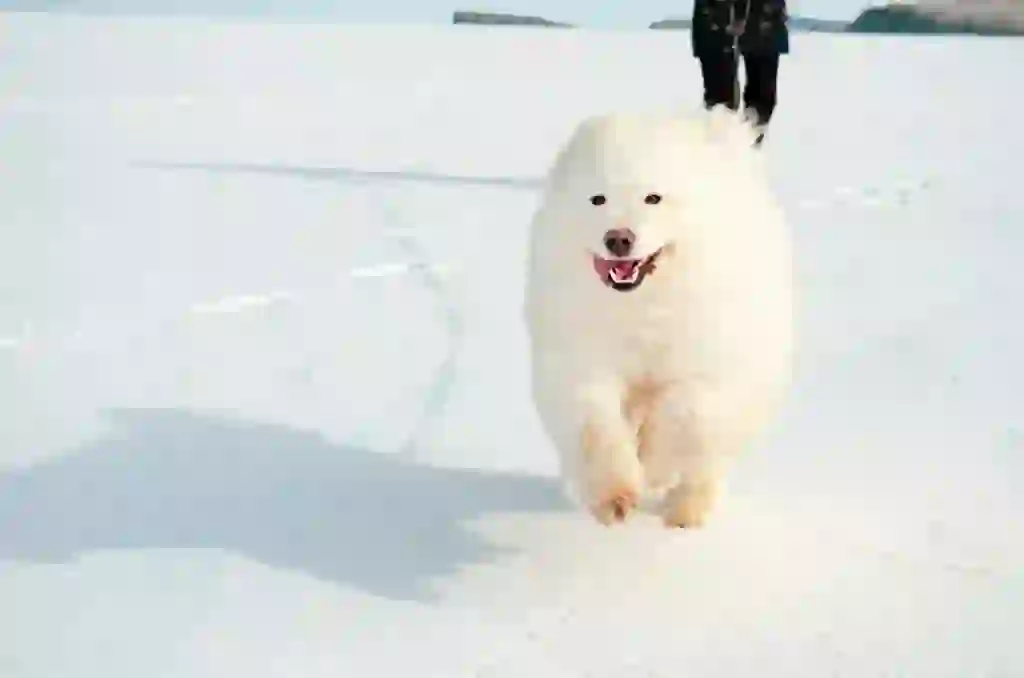
How did the Samoyed become popular worldwide?
In the 19th century, the Samoyed was introduced to the British royal family by Antarctic explorers, gaining popularity in the UK. Initially, Samoyeds of black or brown fur were also present, but the white-furred breed was preferred and selectively bred, ultimately becoming the prevalent variety.
Stories of Antarctic exploration also became popular in America, leading to the breed's official registration in 1923. Today, the Samoyed's friendly smile and temperament are cherished worldwide.

What should be prepared before welcoming a Samoyed?
Large dog cage, leash suitable for large dogs, dog shampoo, brush for grooming, food dish for large dogs, water bottle for hydration, durable toys for dogs (Samoyeds have strong chewing abilities, so choose sturdy toys).
Prepare supplies suitable for a large dog. It is recommended to get a sturdy leash because of their strength. In summer, ensure to have a water bottle ready for hydration to prevent heatstroke.
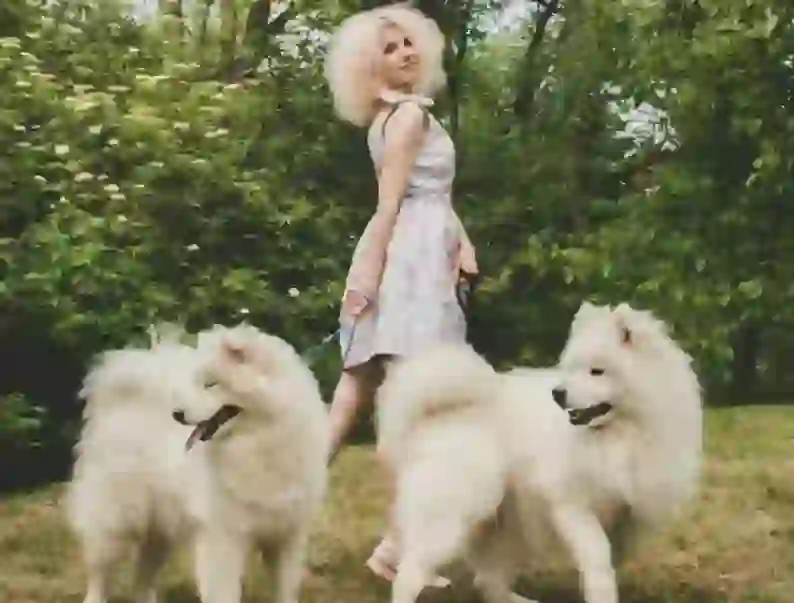
What should be considered when welcoming a Samoyed into the family?
Engage in communication: Samoyeds have always lived closely with humans. They are gentle and easily trust people. Therefore, they can experience significant stress if left alone for long periods. Regular communication is essential. Besides walking, playing with balls or ropes, and physical affection will strengthen your bond.
Regular brushing and shampooing: Due to their thick fur, Samoyeds require frequent brushing. Neglecting this can lead to tangled fur, making it difficult to groom and increasing the risk of skin inflammations. Daily brushing is indispensable.
Be cautious of heatstroke on hot days: Originally from cold regions, Samoyeds are not well-suited to heat. During walks, ensure frequent hydration. Using cooling items can also help manage heatstroke.
Extend walking times: Being a large and active breed, Samoyeds require two walks a day, each lasting about 30-60 minutes. In addition to walks, playing with dog toys like balls or ropes is effective. Allowing them to play freely in a dog park can also help them exercise and relieve stress.
An indoor environment suitable for living is necessary: Given their history of living closely with tribal people, Samoyeds need close communication with humans. Staying alone in a doghouse for extended periods can cause significant stress. Additionally, as they are resistant to cold but vulnerable to heat, a well-managed indoor environment is recommended.

What is the origin of the Samoyed's name?
The Samoyed is named after the Samoyedic peoples of Siberia. These nomadic reindeer herders bred the dogs for herding and to pull sleds.
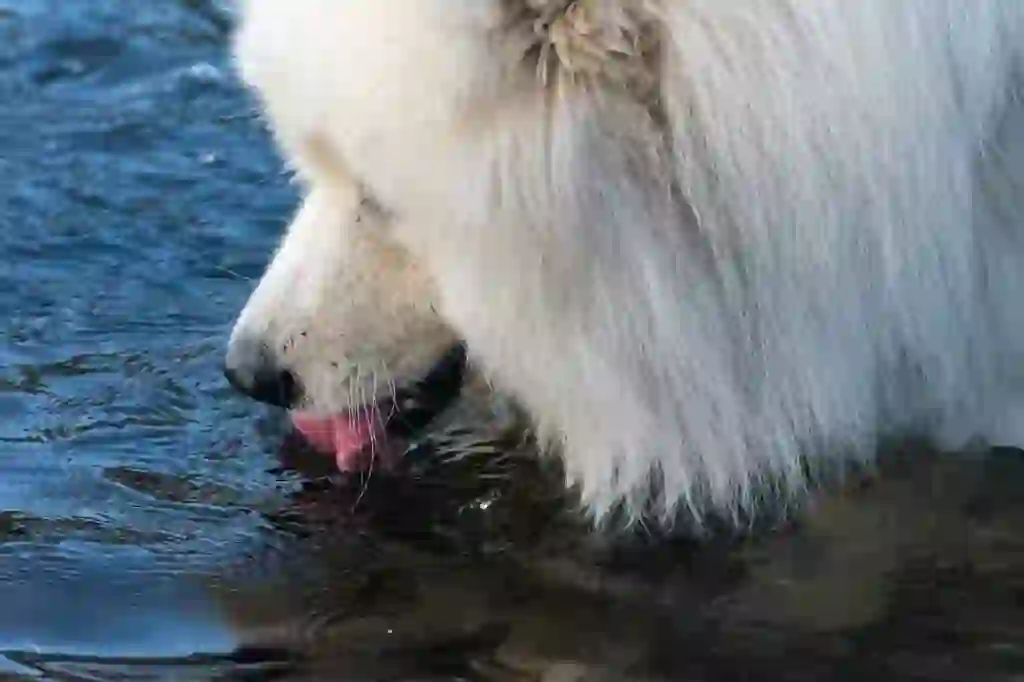
Why does the Samoyed have so much fur?
The Samoyed breed originates from cold climates, necessitating a dense coat to protect against harsh winter conditions. Its coat is double-layered, with a longer outer coat and a thick, woolly undercoat.

What is the 'Samoyed Smile'?
The 'Samoyed Smile' is a term used to describe the typical upturned corners of the mouth of the Samoyed breed. This distinctive facial feature gives the impression that the dog is smiling.
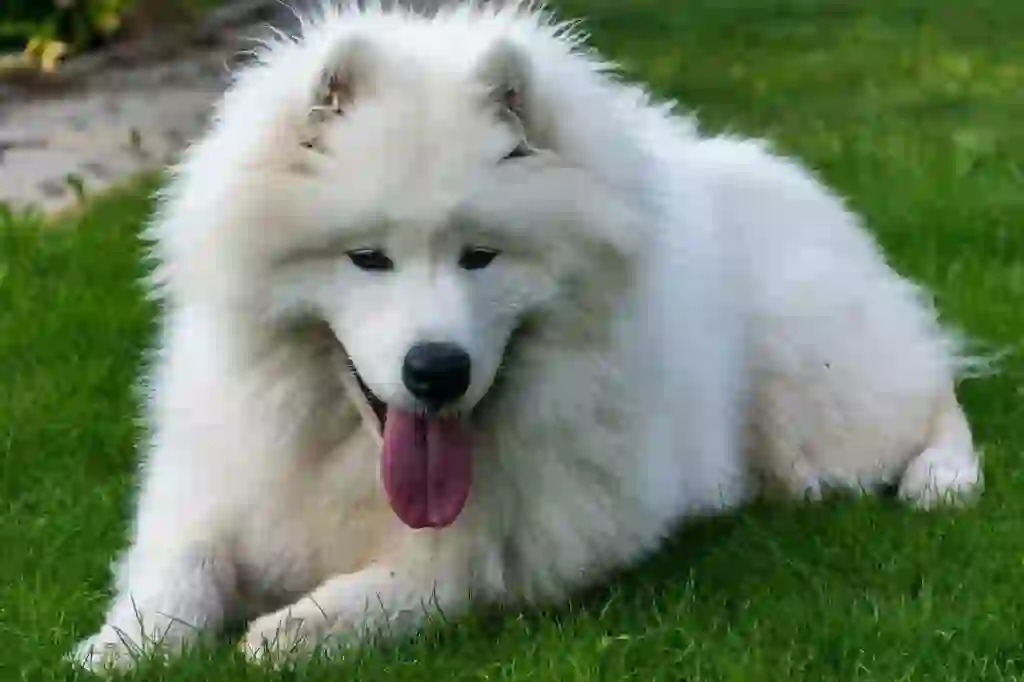
How should you bathe a Samoyed?
Bathing a Samoyed should be done carefully to prevent matting of the dense fur. Use dog-specific shampoo and ensure thorough rinsing to avoid skin irritation. It's often recommended to seek professional grooming services to handle their thick coat properly.
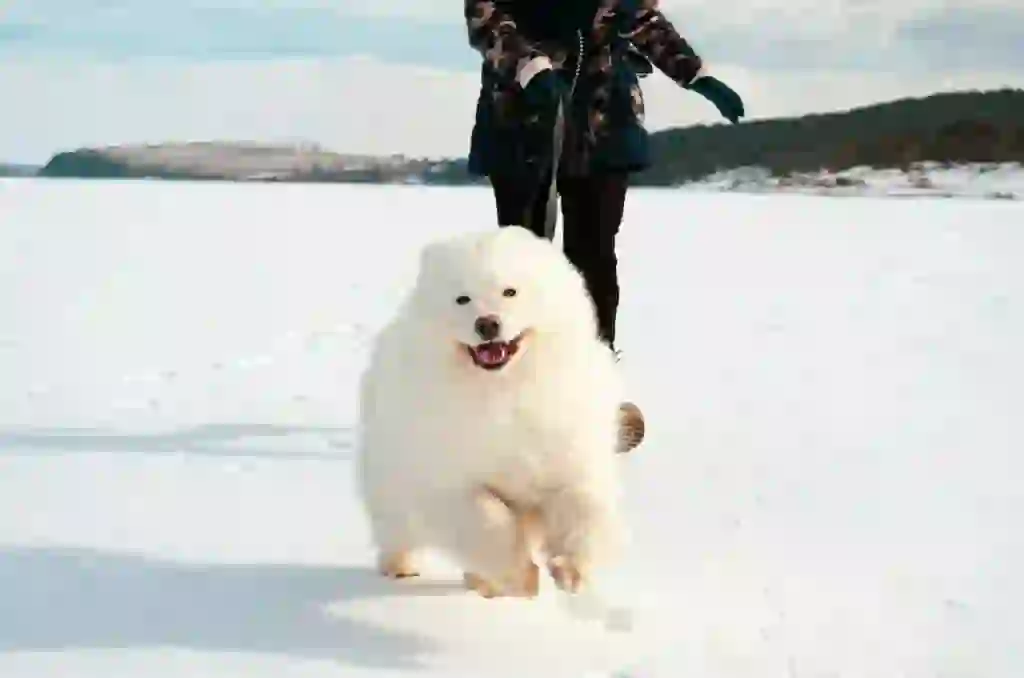
What is the character of a Samoyed?
Samoyeds are known for their friendly, gentle, and adaptable nature. They are typically very affectionate with families and do well with children and other pets. Their sociable nature makes them poor guard dogs but excellent companions.
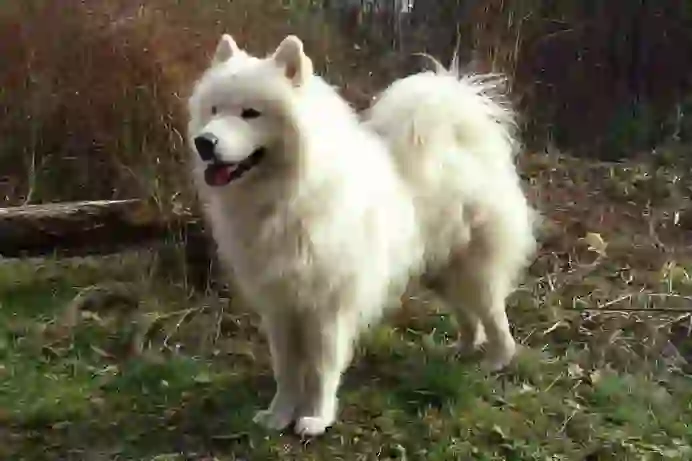
How long do Samoyeds typically live?
Samoyeds typically have a lifespan of around 12 to 14 years. With proper care, a healthy lifestyle, and regular veterinary check-ups, they can live a full and active life.
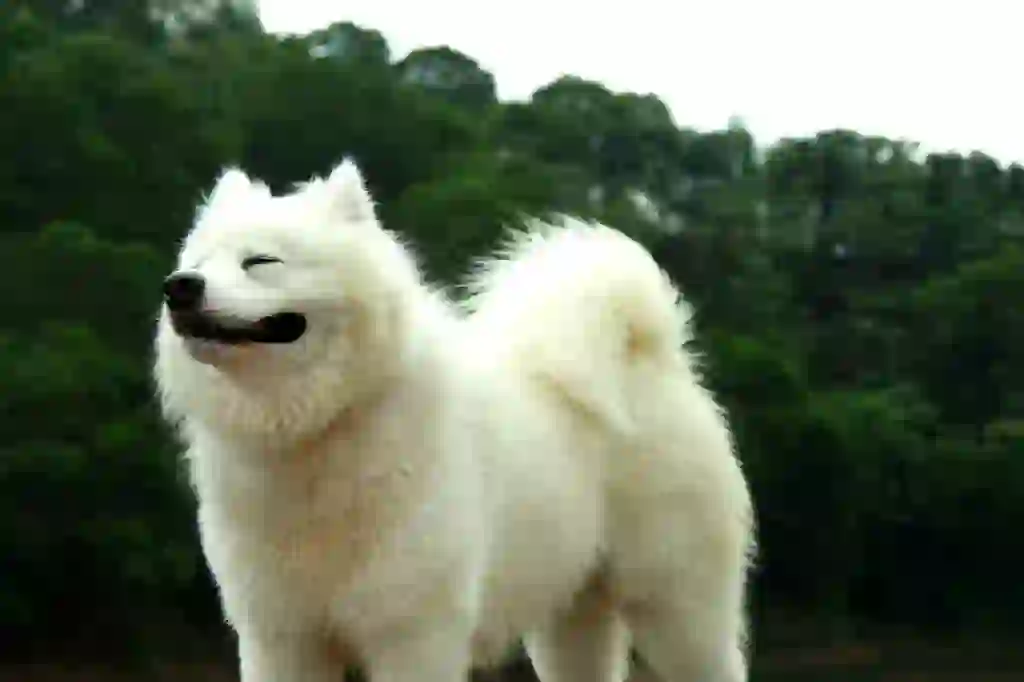
What diseases are Samoyeds prone to?
Samoyeds are prone to certain genetic conditions such as hip dysplasia, progressive retinal atrophy, and heart issues. Regular health screenings and responsible breeding practices can help manage and prevent these conditions.

How are Samoyeds typically integrated into families?
Samoyeds can be adopted from breeders, shelters, or rescue groups. Due to their gentle nature, they usually integrate well into family settings, but they do require adequate socialization and training from an early age.

Would you like to become a part of the 'Animalbook.jp'?
Turn your knowledge into Q&A and share it with the world. ※Publication will be activated after purchase. Let's share information together!
Samoyed Type of List
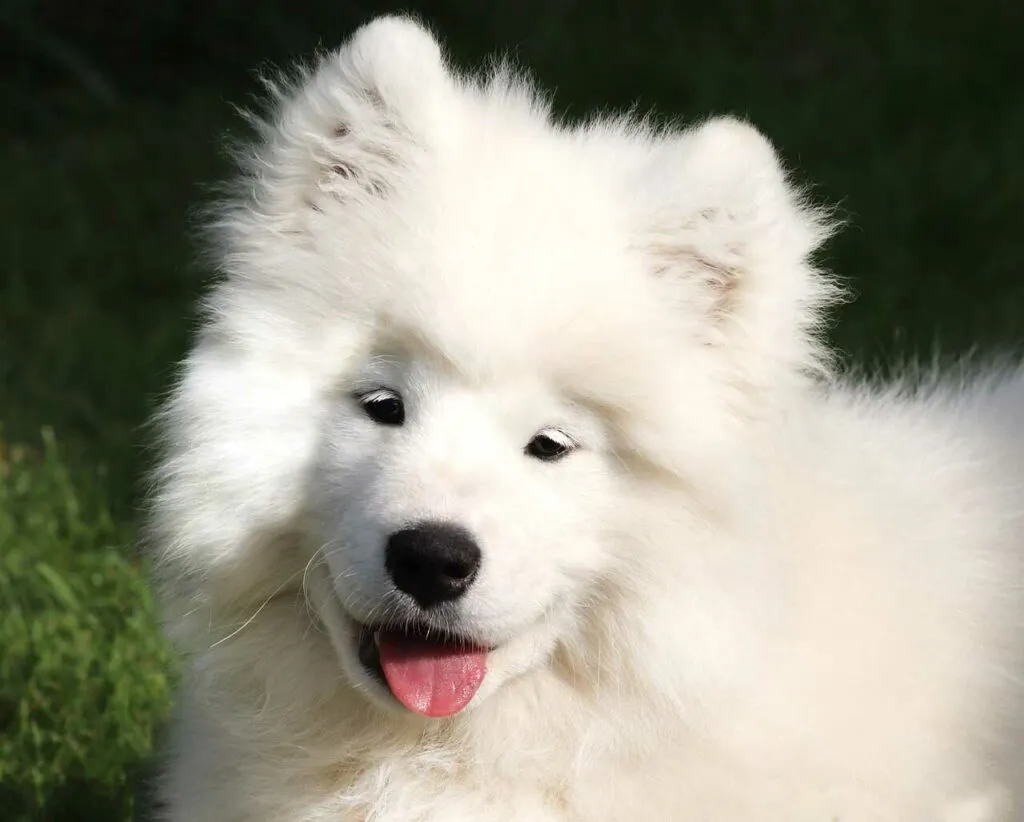
- Samoyed
Information
Congratulations! You are the first commenter!

Create Your Favorite List!
Samoyed
Save the animals you love! Build your own list to quickly revisit your favorites later.

Would you like to leave a comment?
※Please note: This is for the purchase of rights to post comments within the article.
Find Your Favorites!
Our shop offers a unique and attractive selection of goods themed around various animals.
Samoyed References

- ・サモエドの飼い方!性格や寿命、しつけ・かかりやすい病気などをトレーナーが解説 https://petokoto.com/articles/57
- ・【獣医師監修】「最も美しい犬」サモエドの歴史、被毛や毛色、飼い方について https://petpedia.net/article/683/samoyed2
- ・サモエドの特徴・性格 最新価格と飼い方|いぬのきもち 犬図鑑 https://dog.benesse.ne.jp/doglist/big/content/?id=12017
- ・真っ白の毛が魅力的!サモエドの性格・特徴・飼い方のポイント https://www.petfamilyins.co.jp/pns/article/pfs202111g/
- ・サモエドの飼い方やしつけは?特徴や性格、寿命、気をつけたい病気まで! https://magazine.inute.net/kensyu/638/
- ・【犬種図鑑】サモエドは飼育が難しい?性格や飼い方をご紹介 https://doghuggy.com/media/6114
Samoyed Introduction of media used

出典:https://pixabay.com/images/id-6551104/

出典:https://www.pexels.com/ja-jp/ja-jp/photo/11476517/

出典:https://commons.wikimedia.org/wiki/File:Щенки_самоедов.png

出典:https://unsplash.com/ja/写真/EcEpBIrar6Q

出典:https://unsplash.com/ja/写真/8-LYgvSv4Ho

出典:https://pixabay.com/images/id-6735303/

出典:https://pixabay.com/images/id-2400711/

出典:https://pixabay.com/images/id-6553668/

出典:https://www.pexels.com/ja-jp/ja-jp/photo/11476512/

出典:https://pixabay.com/images/id-1805722/

出典:https://pixabay.com/images/id-2765495/

出典:https://unsplash.com/ja/写真/U3MvA18tlD0

出典:https://pixabay.com/images/id-1356191/
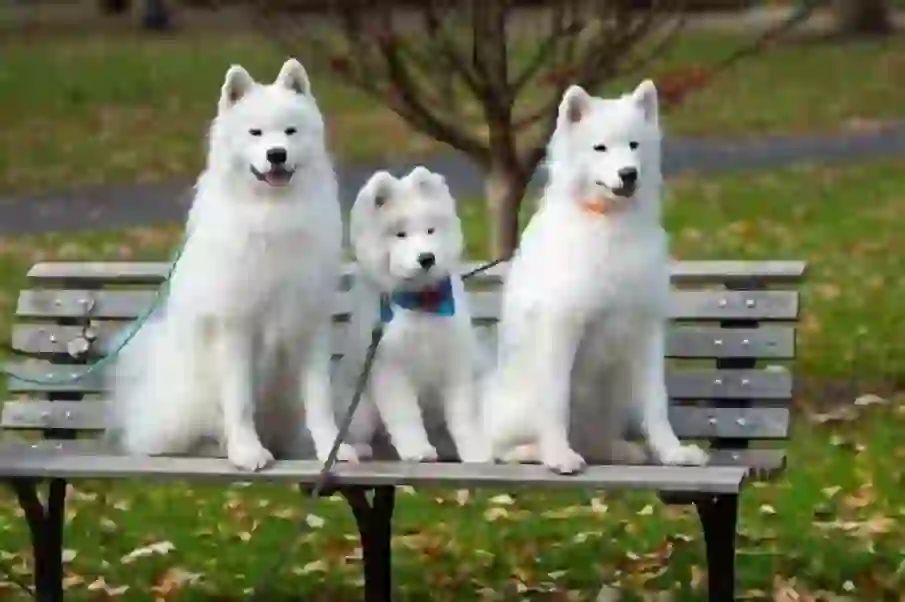
出典:https://unsplash.com/ja/写真/_0KpDljtMGU
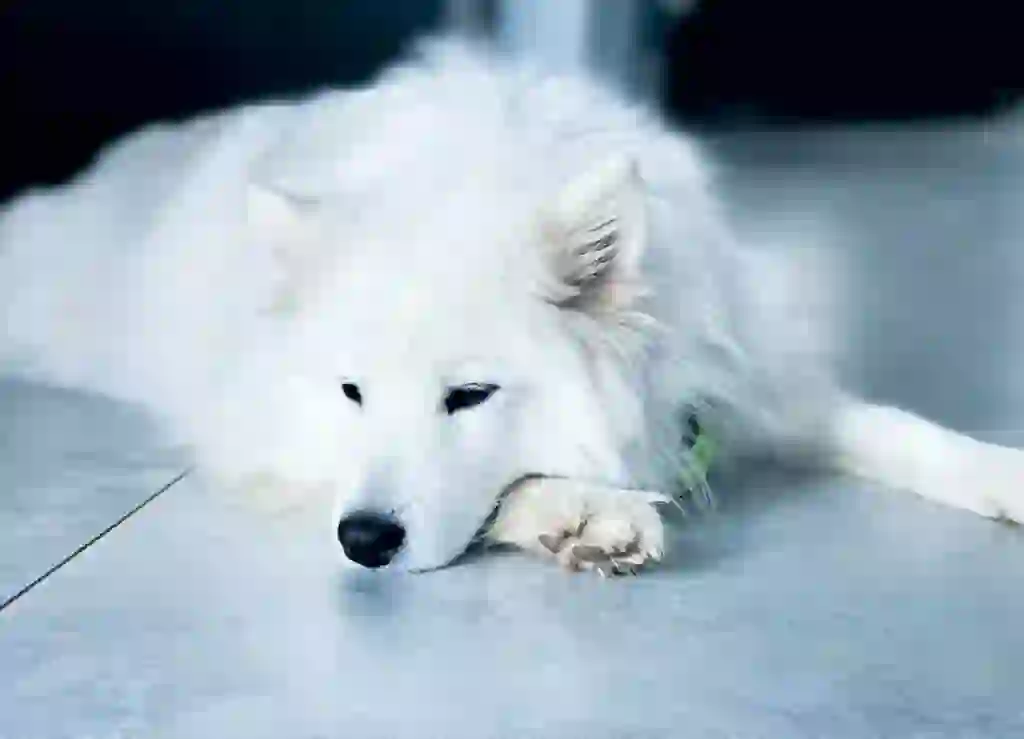
出典:https://www.pexels.com/ja-jp/ja-jp/photo/11479559/
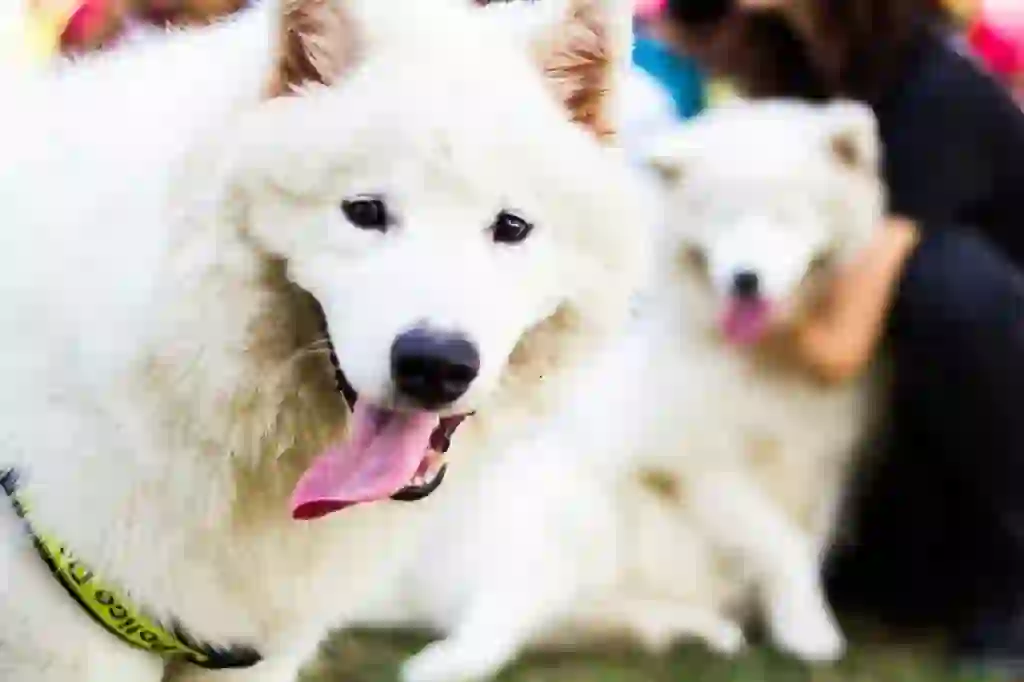
出典:https://pixabay.com/images/id-605714/

Help Enrich Our Animalbook.jp with Your Media!
We are constantly looking to expand and enrich our Animalbook.jp with amazing photos and videos of animals. If you have any media that you'd like to share, please contribute and help us showcase the beauty and diversity of the animal kingdom. Your submissions will be credited and featured in our encyclopedia, reaching a wide audience of animal lovers.


















